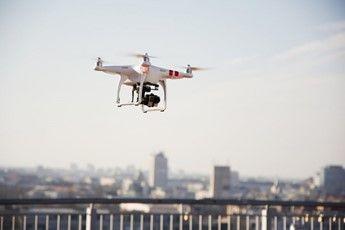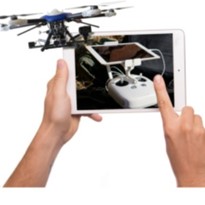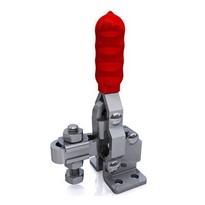A recent Swedish study found that drones typically beat ambulances in getting to the patient quickly – the difference between life and death…
As Dr. Jennifer Silva, a member of the American College of Cardiology’s Health Care Innovation Council, noted about public access defibrillators, “They are incredibly user-friendly. They literally talk you through the steps…” – and the shock can be automatically delivered when the defibrillator discerns the right clinical attributes to be present.
The study was carried out by Dr. Sofia Schierbeck, of Karolinska University Hospital, in Stockholm who noted that most cardiac arrests happen at home, where defibrillators are rarely available.
The is exacerbated when ambulances cannot arrive quickly. Given the large distances in Australia and the congestion of cities, ambulances battle to arrive within the first 10 minutes of a sudden cardiac arrest, meaning they often arrive too late…
A defibrillator-carrying drone offers additional hope, albeit there are challenges with weather, darkness, no-fly zones, battery life and similar. However, as artificial intelligence can assist a drone to navigate with less human intervention, opportunities to save lives increase.
Silva agreed that the study leaves open the crucial issue of what happens after the defibrillator arrives. The “chain of survival,” she said, has to include laypeople ready and willing to use the device.
Bystanders need to be educated in using defibrillators delivered by drone – not a difficult task as the defibrillator ‘talks’ to you and leads you through the process. And, drone dispatchers can stay on the phone and guide you. Also, existing smartphone apps can alert people who are trained in CPR of a nearby cardiac arrest.
While drones will increasingly be able to deliver life-saving defibrillators to augment emergency services, it is still incumbent on all of us to install a nearby defibrillator whether you’re at work, home or play – or even in your vehicle when travelling long distances.






